Need quieter windows, narrowed to these two
ekoreilly
17 years ago
Related Stories
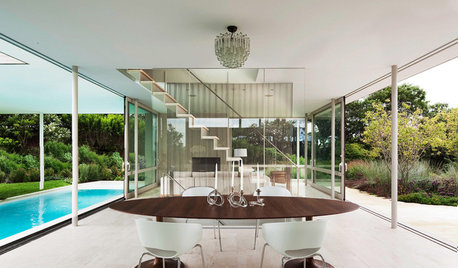
REMODELING GUIDESA Pattern Language: Light From Two Sides
For a More Successful Room, Bring In Daylight From Two Directions
Full Story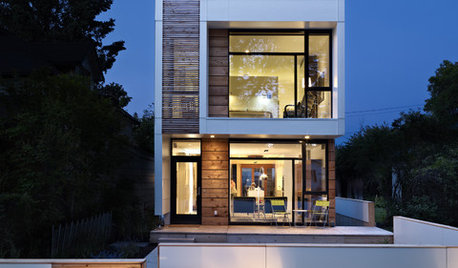
HOUZZ TOURSHouzz Tour: Wide-Open Views on a Narrow Canadian Lot
Expansive glass walls facing the street create openness, sun-filled rooms and closer relations with the neighbors
Full Story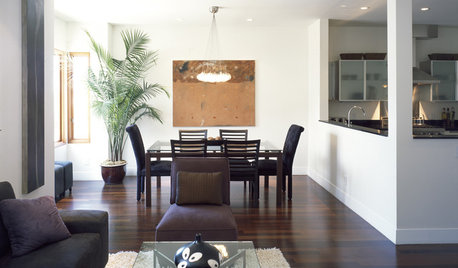
MORE ROOMSNarrow-Room Solution: Split It Up
Breakups can be therapeutic when they yield distinct living and dining areas and great style to boot
Full Story
DECORATING GUIDESDivide and Conquer: How to Furnish a Long, Narrow Room
Learn decorating and layout tricks to create intimacy, distinguish areas and work with scale in an alley of a room
Full Story
KITCHEN DESIGNHow to Fit a Breakfast Bar Into a Narrow Kitchen
Yes, you can have a casual dining space in a width-challenged kitchen, even if there’s no room for an island
Full Story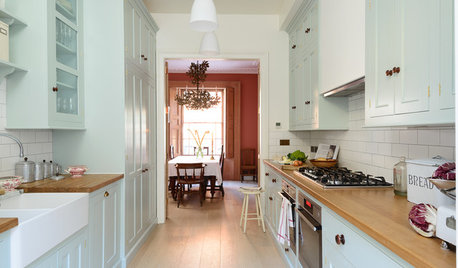
KITCHEN OF THE WEEKSmart Cabinet Arrangement Opens Up a Narrow London Kitchen
Elegant design and space-saving ideas transform an awkward space into a beautiful galley kitchen and utility room
Full Story
DECORATING GUIDESAsk an Expert: How to Decorate a Long, Narrow Room
Distract attention away from an awkward room shape and create a pleasing design using these pro tips
Full Story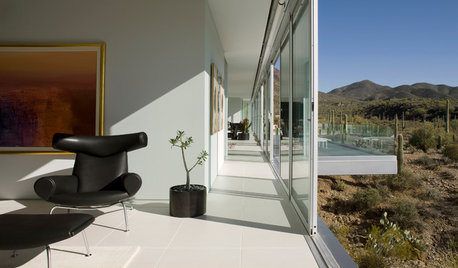
ARCHITECTUREDesign Workshop: Reasons to Love Narrow Homes
Get the skinny on how a superslim house footprint can work wonderfully for your site, budget and quality of life
Full Story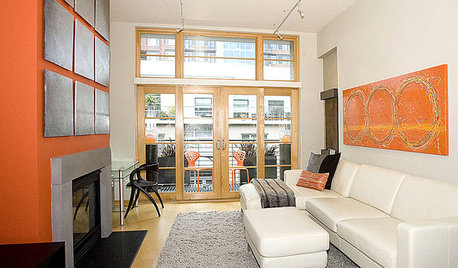
FURNITUREHow to Arrange Furniture in Long, Narrow Spaces
7 ways to arrange your living-room furniture to avoid that bowling-alley look
Full Story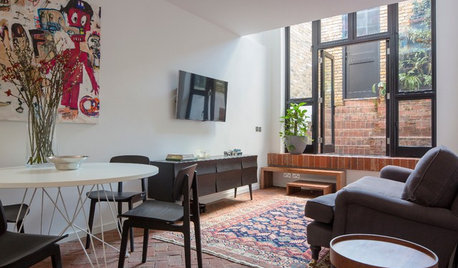
SMALL HOMESHouzz Tour: Thoughtful Design Works Its Magic in a Narrow London Home
Determination and small-space design maneuvers create a bright three-story home in London
Full Story







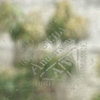

oberon476
calbay03
Related Professionals
Madison Window Contractors · Deltona Window Contractors · Lake Forest Park Window Contractors · Safety Harbor Window Contractors · Coral Gables Window Contractors · Coatesville General Contractors · Fort Pierce General Contractors · Greenville General Contractors · Leominster General Contractors · Mount Holly General Contractors · North Smithfield General Contractors · Riverdale General Contractors · Idaho Carpenters · Lake Shore Carpenters · Solana Beach CarpentersekoreillyOriginal Author
calbay03
ekoreillyOriginal Author
oberon476
Windows on Washington Ltd
ekoreillyOriginal Author
waynerlee_yahoo_com
oberon476
calbay03
eaquifer
wayner